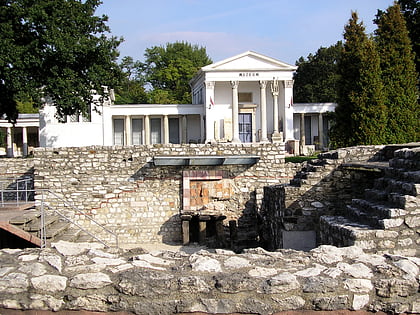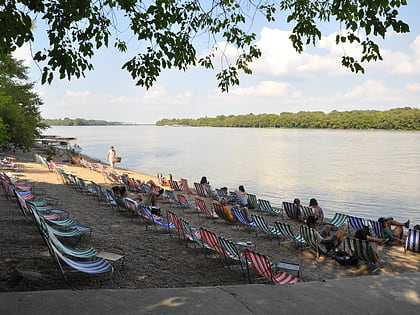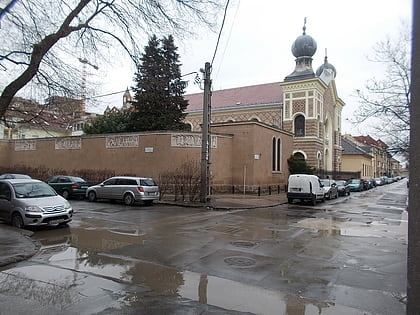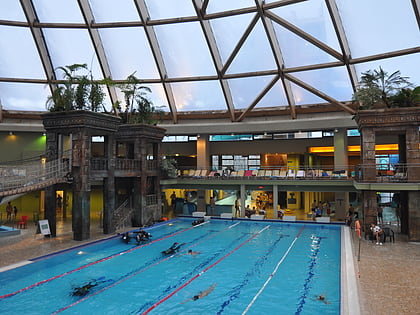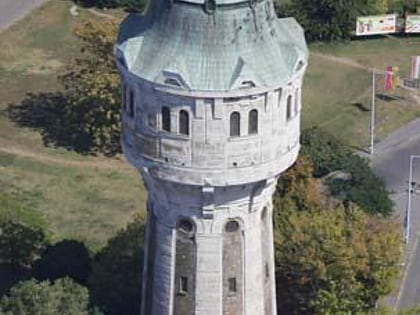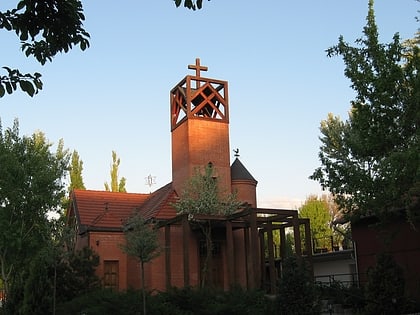Megyeri Bridge, Budapest
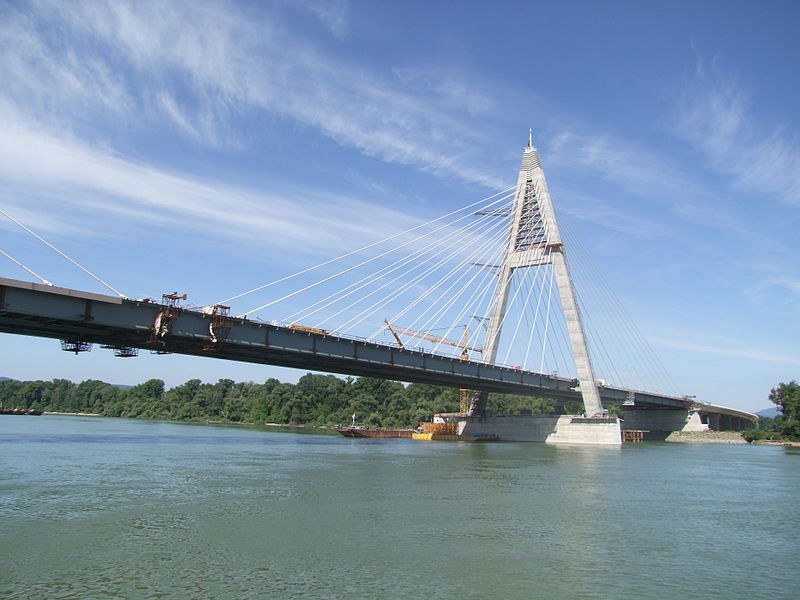
Facts and practical information
Spanning the waters of the Danube, the Megyeri Bridge serves as a vital connection in the city of Budapest, Hungary. As a modern feat of engineering, this cable-stayed bridge, located in Szigetmonostor, is not only functional but also an aesthetic addition to the picturesque Hungarian landscape.
Completed in 2008, the Megyeri Bridge plays a crucial role in the Hungarian transportation network, facilitating the movement of vehicles around the northern part of Budapest. With a total length of approximately 1862 meters, it is one of the longest bridges in Hungary.
The bridge's design is characterized by its sleek, modern lines and the towering pylons from which the cables stretch out, holding the roadway aloft. It is a part of the M0 motorway, which encircles the capital, providing a bypass for traffic not wishing to travel through the city center.
For tourists, the Megyeri Bridge may not be the first item on their Budapest itinerary, given its primary function as a transportation route. However, its impressive architecture and the panoramic views it offers of the surrounding areas make it a worthwhile site for those interested in modern engineering or seeking a different perspective on the city.
The bridge is easily accessible by car, and there are places nearby where visitors can park and take a moment to appreciate the structure's grandeur. While there is no pedestrian walkway across the bridge, the views from either end offer a unique vista of the Danube and the opportunity to capture stunning photographs, especially during sunrise or sunset.
Megyeri Bridge – popular in the area (distance from the attraction)
Nearby attractions include: Urban Public Transport Museum, Aquincum, Római Part, Rákospalota Synagogue.
Frequently Asked Questions (FAQ)
How to get to Megyeri Bridge by public transport?
Bus
- Ezred utca • Lines: 104, 104A (14 min walk)
- Vízművek • Lines: 104, 104A, 300, 301, 302, 303, 308, 309, 310, 311 (19 min walk)


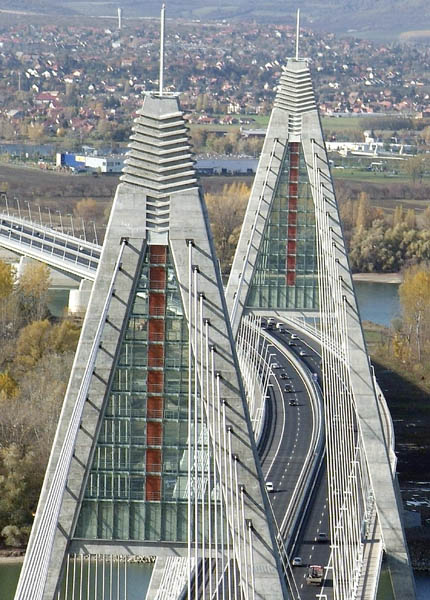
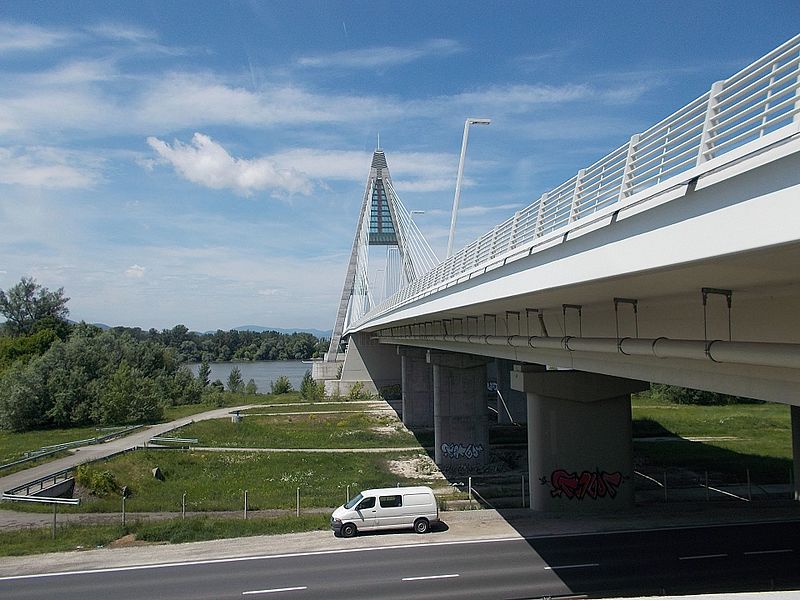
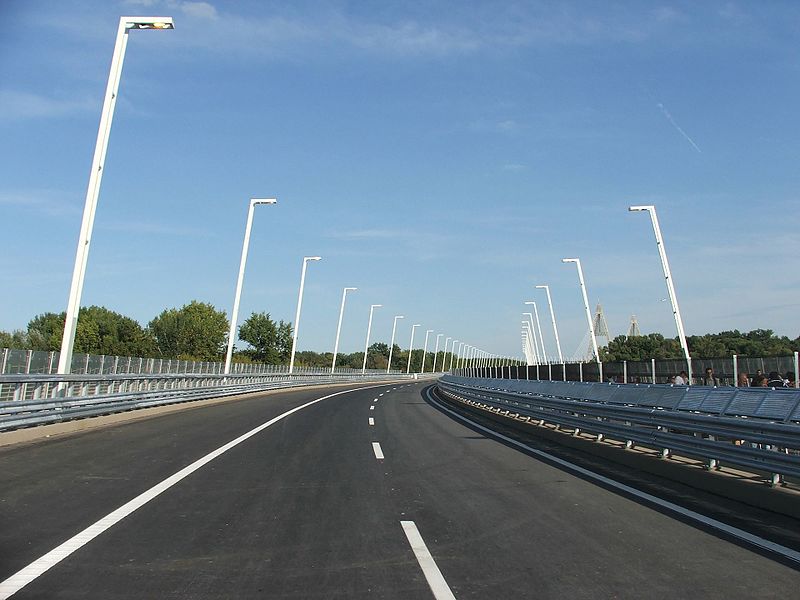
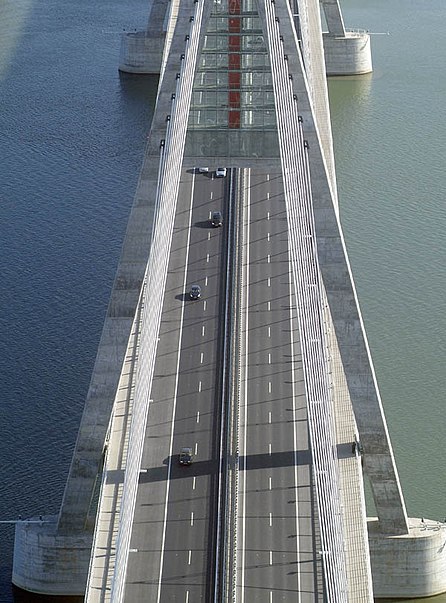
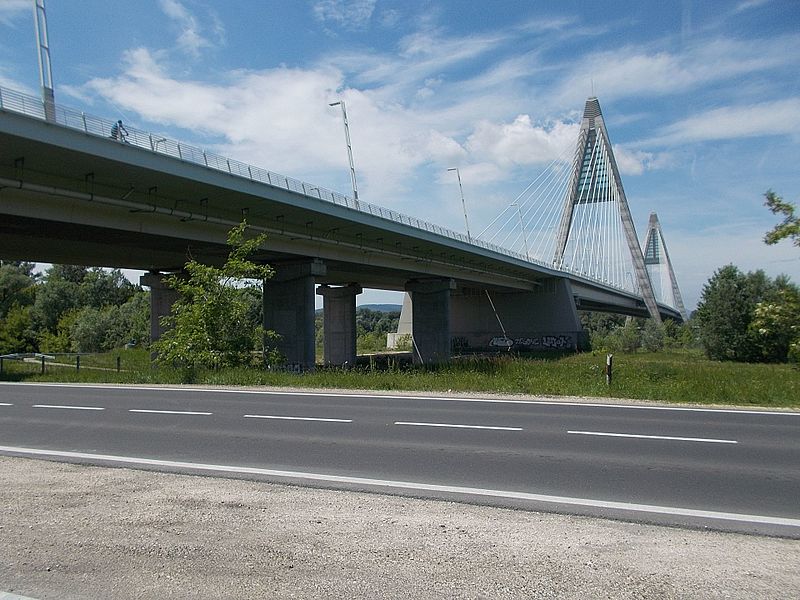

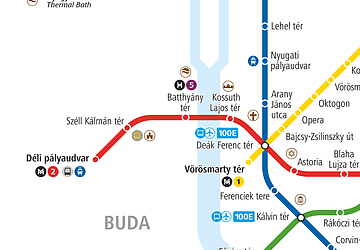 Metro
Metro
